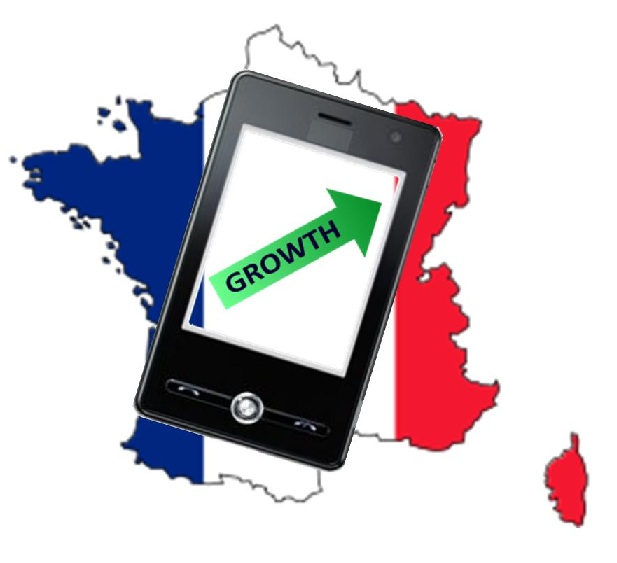 Companies are seeing the technology as an opportunity to communicate more effectively with consumers.
Companies are seeing the technology as an opportunity to communicate more effectively with consumers.
Smartphone shoppers not only provide businesses with revenue through sales, but through geolocation techniques, they are also giving companies important data about where they are at various times of the day and on different days of the week.
This data is being used to help improve the relevancy of the way that businesses communicate with consumers.
By using the information collected through geolocation, they are able to provide far more personalized and relevant information so that the communication between brands and consumers can considerably improve. For instance, when someone checks into a coffee shop on a regular basis in the morning, that data can be collected in order to identify this pattern so that the individual can then be sent a coupon at that time and for that business.
This type of geolocation technique could make a notable impact on mobile marketing effectiveness.
In this way, geolocation can not only help businesses to reach consumers at the times that are most relevant with an offer that they will find most appealing, in order to encourage more spending at the store, but it can benefit the consumer, as well. It means that the advertising and promotions that he or she receives will more closely reflect what is actually wanted.
That said, it is vital that geolocation technology be treated very carefully. There is a thin line between collecting data so that relevant mobile marketing can be produced, and simply inundating a consumer with ads based on everything that he or she has ever done. The chief revenue officer at Foursquare, Steve Rosenblatt, explained that “Relevance and content is what it all boils down to.”
Foursquare is a highly popular geolocation company that experiences approximately five million mobile check-ins every day. Rosenblatt stated that “The more you check in, the more data [we have] and the more relevant information we can send.” The more consumers take part in this type of activity, the better brands will be able to understand what they want so that mobile marketing can be personalized in a highly accurate way.

 A recent report showed that the French marketplace spiked to reach €1 billion last year.
A recent report showed that the French marketplace spiked to reach €1 billion last year.